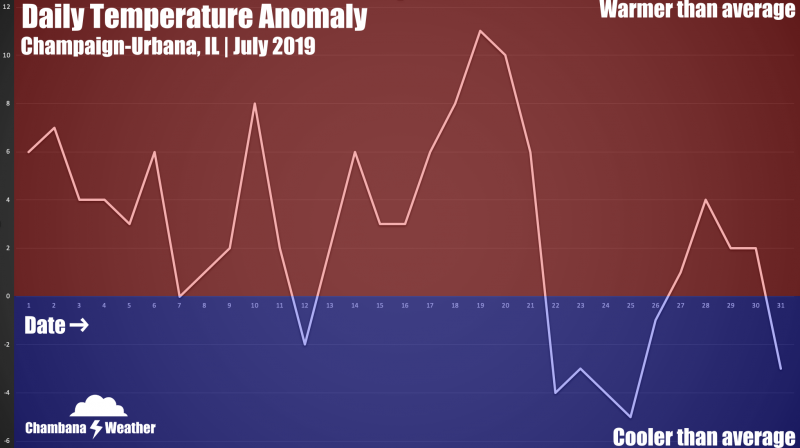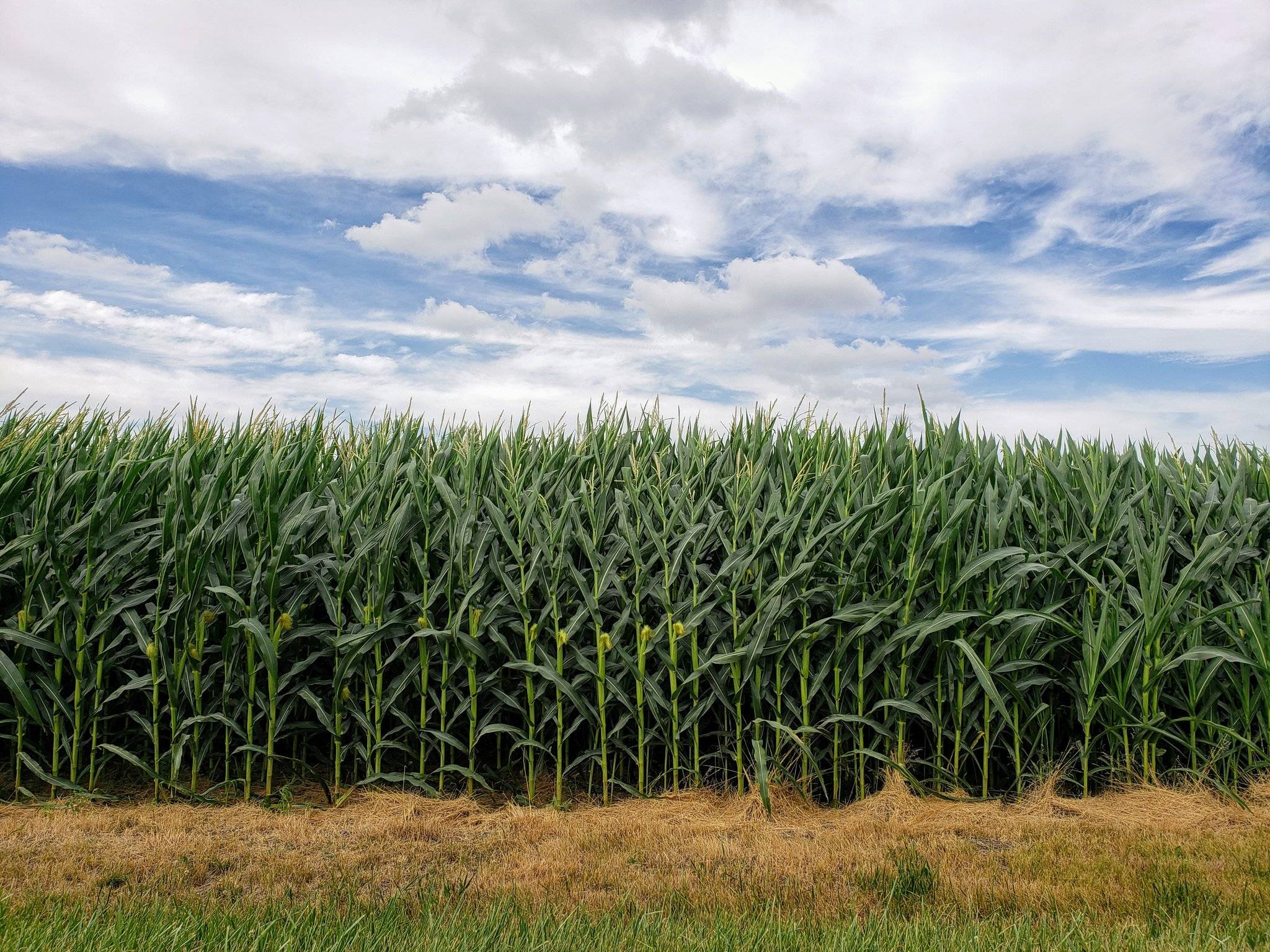I always love a good opportunity to dunk on myself. July provided such a moment!
If you’ll join me in the weather-wayback-machine and revisit my July weather outlook at the end of my June review, I called for a short life span on the early month heat and a month that would finish both cooler and wetter than average.
*record scratch* Yep, that’s me, sweating it out on July 20th in near record heat. You’re probably wondering how I got here.
Early in the month of July, most, if not all reliable long-range computer guidance and climate signals suggested the heat to be temporary and for an imminent flip back to the cool and wet pattern that had dominated the spring and early summer. “When is summer going to arrive?” was the flavor of the month weather question to ask me at the grocery store.
Over the 4th of July holiday weekend while all the meteorologists were distracted with bbq and fireworks, the script flipped. Instead of a quick return to cool and wet weather, the ridge of high pressure centered over the central U.S. continued to control the weather in the Midwest keeping heat locked in and deflecting storm systems off to the north.
In the end, we’re looking back at a July 2019 in Champaign-Urbana that finishes 2.6 degrees warmer than average and 1.32″ drier than average. So much for cool and wet!

The first three weeks of the month were almost exclusively hot in the Twin Cities. Of the first 21 days in July, 11 featured high temperatures above 90 degrees. It wasn’t just the afternoon heat though, the overnight lows were downright balmy. On July 19th we set a record warm low temperature, with an overnight low that bottomed out at only 77 degrees. This can be really dangerous for folks without access to air conditioning. With afternoon temperatures in the mid-90s and overnight temperatures only barely dropping out of the 80s there isn’t much opportunity for cooling down without the aid of indoor a/c.
It wasn’t just hot though, our very rainy pattern came to a sudden end. Going back to last fall, we’ve almost been pleading for a break in the rain to allow our basements to dry and farmers the ability to get into their fields. Suddenly, a little rain wouldn’t be bad.
That’s not to say July was bone-dry in C-U. We still saw measurable precipitation on 13 of 31 days with pleny of afternoon pop-up thunderstorms accompanying the hot and humid air mass of the first three weeks.
Where are we headed for the month of August? I’ll be up front right now and tell you that we’re in a period of very low predictability beyond the next week or so. Many competing atmospheric factors across North America and beyond are leading to a situation where the forecast beyond 7-10 days flips and flops with each daily run of weather models. What I can tell you is that when we look out at some of the climate teleconnections that we use for long-range guidance (sea surface temperatures, ocean circulations, hemisperic jet stream circulations, etc.) we don’t see any strong signal that says we’re headed for one extreme or another — be it extreme heat or an extremely chilly August.
As I looked things over this morning, all signs continue to point toward a very average August. We’ll likely finish very near the monthly averages for temperatures and precipitation in Champaign-Urbana. There will be periods of cooler, or mild/less humid weather like we’re seeing early this month. At the same time, there may be another stretch of 90 degree weather ahead. I do expect drier weather to continue for the most part as we begin August, but think we’ll flip back to a pattern that presents more regular rainfall chances by mid to late month. For reference the average August temperature is 73.4 degrees and the average monthly precipitation is 3.93″.
Andrew operates Chambana Weather, where he publishes daily weather information for Champaign-Urbana and surrounding communities. He is also an agricultural meteorologist with Nutrien Ag Solutions at Research Park, focused on domestic and international weather and its impact on ag.
Champaign-Urbana monthly climate statistics are courtesy of the Illinois State Water Survey.
Photos by Andrew Pritchard








